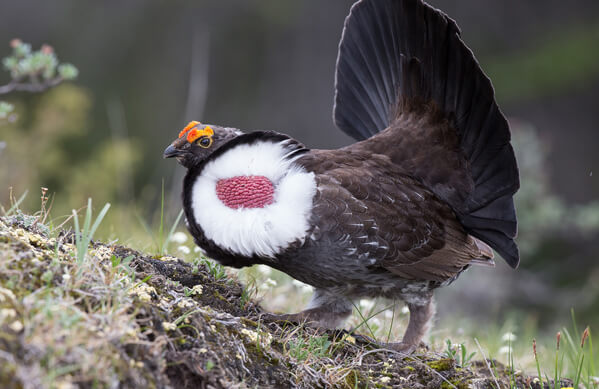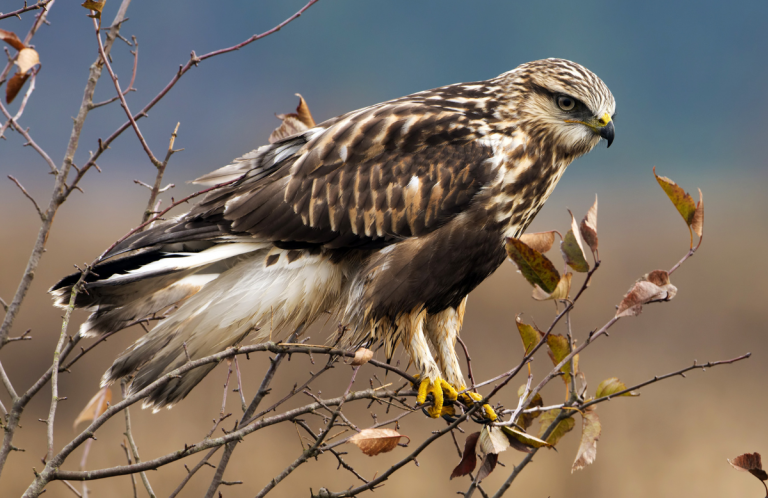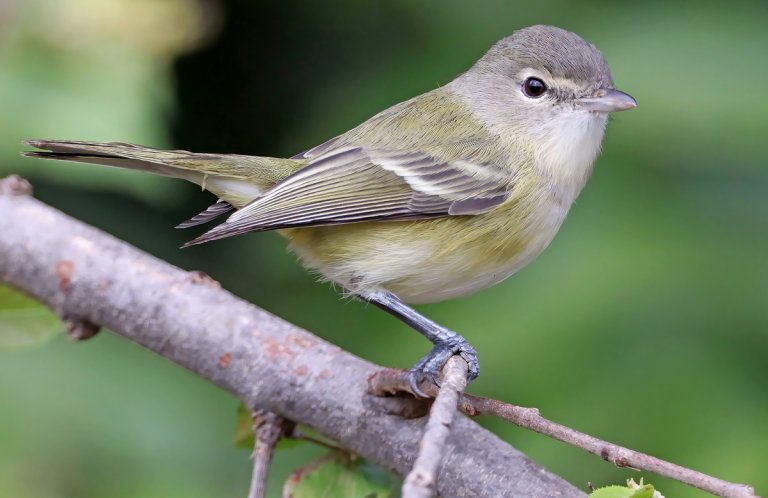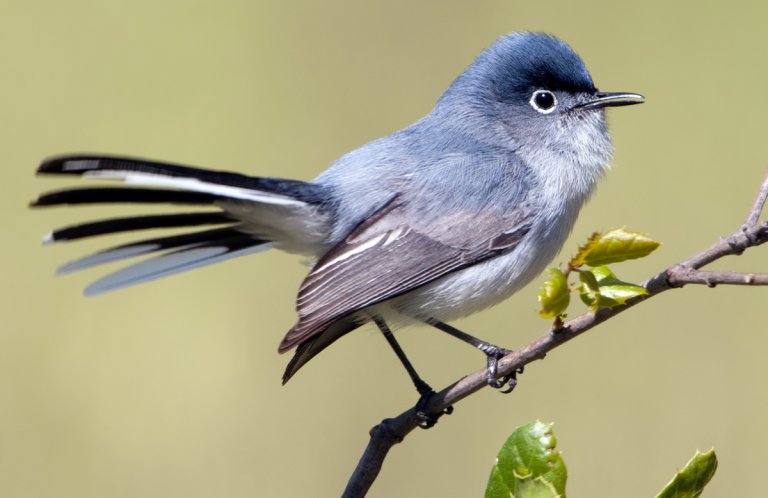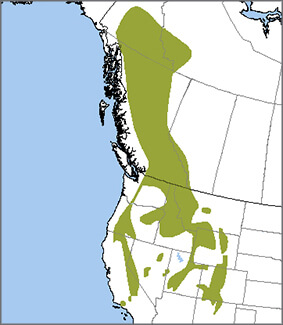 When the Blue Grouse was split into two species by the American Ornithologists' Union, Dusky Grouse and Sooty Grouse were the result. The Dusky Grouse occupies inland regions of the western U.S. and Canada, sharing habitat with Williamson's Sapsucker, Western Tanager, and Rufous Hummingbird.
When the Blue Grouse was split into two species by the American Ornithologists' Union, Dusky Grouse and Sooty Grouse were the result. The Dusky Grouse occupies inland regions of the western U.S. and Canada, sharing habitat with Williamson's Sapsucker, Western Tanager, and Rufous Hummingbird.
While many bird species move from higher ground in summer to lower areas in the winter (a phenomena known as altitudinal migration), the Dusky Grouse does the opposite: It moves upslope in winter and downslope in spring.
Needle-eating Grouse
Although considered a non-migratory species, the Dusky Grouse does use different habitats at different times of the year. Dense conifer forests are the source of the birds' food (needles) and a safe place to roost in the cold of winter.
In spring, meadows and creek bottoms provide habitat for the Dusky Grouse's nest—a simple scrape on the ground concealed under a shrub or log—along with their food of low-growing flowering plants, berries, and insects.
Females provide all the care and feeding for the fluffy chicks, which hatch with eyes open and can leave the nest to follow their mother the next day.
Sign up for ABC's eNews to learn how you can help protect birds
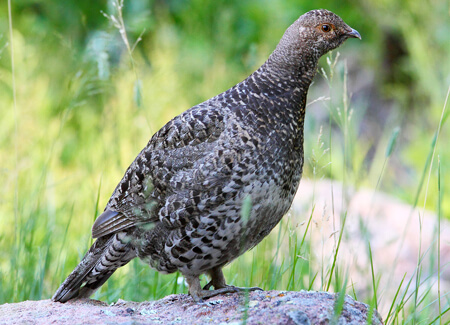
Dusky Grouse hen by Greg Homel, Natural Elements productions
Spring-time is Show-time
These wary birds are inconspicuous until breeding season arrives. Male Dusky Grouse don't join with other males in leks to display as Greater Sage-Grouse do, but the birds still put on a show. Males impress females with their incessant and bizarre hooting; the audio file above gives an impression of their diversity of sounds.
The male birds also strut with tails raised and fanned. When they spread their neck feathers, they expose patches of bright reddish-purple skin to catch the female's eye.
Diversity and the Dusky Grouse
The Dusky Grouse is vulnerable to habitat loss resulting from poor grazing and forest management practices. It's popular as a game bird—of all of North America's grouse species, only the two sage-grouse species are larger—but its yearly fall retreat into dense forest tends to limit hunting.
Interestingly, the species' population can actually increase after clear-cutting, but numbers decline again if trees regrow in even-age stands. By managing forests for health and diversity, both birds and people can benefit, as our work with the Sustainable Forestry Initiative is designed to show.
Donate to support ABC's conservation mission!





































